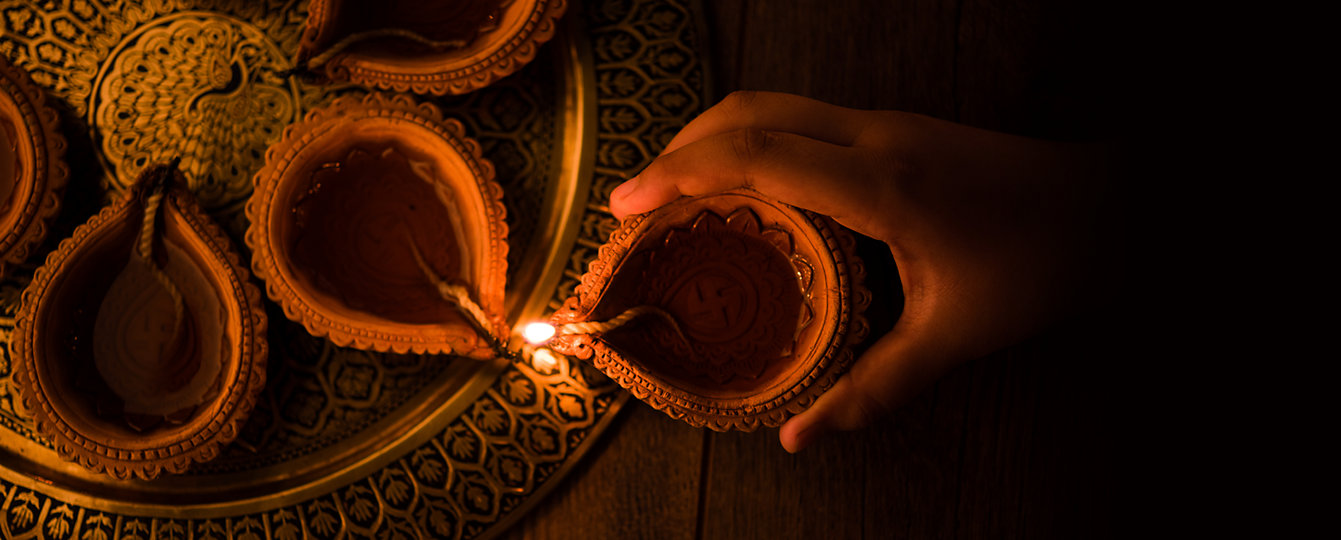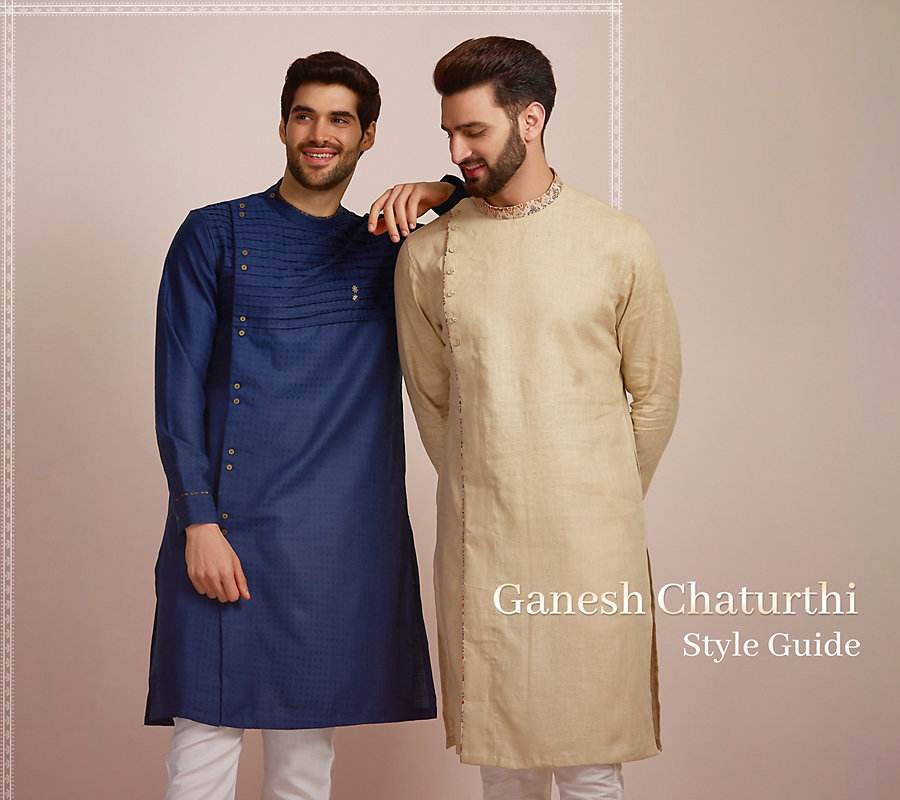
What is the moral Significance of Diwali?
Diwali, the Festival of Lights, stands as a poignant reminder of the perpetual triumph of light over darkness, embodying a spirit that is both celebratory and deeply reflective. The festival, while rooted in the rich soil of Indian mythology, has grown into a modern-day manifestation of joy, unity, and shared aspirations across diverse landscapes.
The narrative of Lord Rama returning to Ayodhya, as chronicled in the epic Ramayana, a story of universal truths, victory and redemption. The lighting of diyas, or earthen lamps, in honour of Rama’s return represents the kindling of hope, wisdom, and collective camaraderie.
A Festival of New Clothes and Winter Delicacies
In the midst of these illuminations, food becomes a medium of celebration and unity. The preparation and sharing of sweets, such as laddoos, barfis, and jalebis, become an expression of love, warmth, and shared joy among families and communities. These culinary traditions, often passed down through generations, weave a thread through time, connecting past and present.
One of the most special Diwali rituals that signifies renewal and the ushering in of a prosperous new beginning is dressing up in brand new clothes. With the festive season at its peak, outfits glistening with mirror work and shimmering with threads of gold and silver reflect the celebratory spirit and visually represent the joy that permeates every home.
A Glimpse of Diwali Across the Different Regions of India
In many parts of India, the weeks preceding Diwali are celebrated by organising parties with friends and family to play cards or different indoor games. These occasions are opportunities for everyone to dress up in their favourite celebration wear and meet their loved ones for an uninterrupted evening of laughter and fun.
While the festival itself is celebrated with its own regional variations, across the country, Diwali unanimously begins with deep cleaning the house, lighting diyas, stacking up on sweets and partaking in a family pooja (prayer) before stepping out and celebrating with the community.
In Punjab, the festival commemorates the release of the Sixth Sikh Guru, Guru Hargobind Ji, from imprisonment from the Gwalior Fort, an event enveloped in a spirit of freedom and divine joy. The Golden Temple in Amritsar spectacularly mirrors the heavens, as thousands of diyas cast their gentle glow across the serene waters of the Amrit Sarovar and the air is permeated with the rich aroma of kada prasad and the soulful echoes of the Gurbani.
Diwali heralds the Gujarati New Year and the day following Diwali is celebrated as the first day of the Vikram Samvat calendar, symbolising new beginnings and future prosperities. The streets, particularly in cities like Ahmedabad and Vadodara become a visual feast of intricate rangoli designs and are filled with delicacies like ghughra and sukhadi.
In Tamil Nadu, Diwali is celebrated early in the morning when the dawn breaks. The day commemorates the defeat of the demon Narakasura by Lord Krishna, becoming a symbol of the eternal victory of light over darkness. The fragrance of traditional sweets like Mysore Pak and Athirasam wafts through the air, while homes are beautified with colourful kolams (rangoli), inviting prosperity, and warding off evil spirits.
Diwali is synonymous with Kali Puja in West Bengal, where Goddess Kali, in all her fierce and maternal facets, is venerated. The lingering sweetness of roshogolla and sandesh, become sensory symbols of the festival, while markets become vibrant hubs of festive activity and traditional shopping.
In Maharashtra, Diwali unfolds over five days, each day unfolding with unique rituals. For instance, preparing Faral, an assortment of sweets and snacks like karanji and chakli, becomes a community activity, shared generously among loved ones, embodying the spirit of giving and togetherness.
Read more - A Journey Through the Vibrant Celebrations of Durga Puja and Navratri Across India
Auspicious Colours of Diwali
Across India, the universal act of adorning new clothes on Diwali is deeply symbolic, rooted in both tradition and mythology. It is believed that new attire invites positivity and prosperity, honouring Goddess Lakshmi, the harbinger of wealth and fortune. Vibrant colours are considered to be the most auspicious, attracting positivity and reflecting the splendour of the festival. Red, symbolises strength and valour; yellow, embodies happiness and prosperity; and green, represents life and happiness.
Explore Manyavar’s resplendent Diwali collection and choose your perfect attire for an auspicious and spirited celebration!








